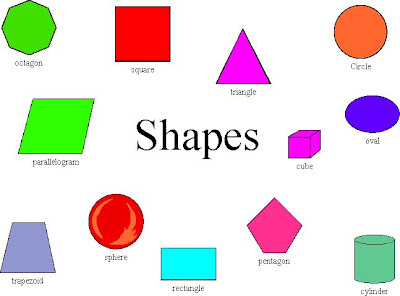SIMPLE PRESENT TENSE
Simple present tense is the sentence that use to express an action is
repeated or usual. The action can be a habit, a hobby, a daily event, a
schedule event or something that often happens.
There two kinds of simple present tense :
1. NOMINAL SENTENCE
(simple present tense without verb)
Formula :
(+) S + Tobe + Adj/Noun/Adv
(-) S + Tobe + not + Adj/Noun/Adv
(?) Tobe + S + Adj/Noun/Adv ?
Example :
(+) They are tired
(-) They are not tired
(?) Are they tired ?
(+) I am sick
(-) I am not sick
(?) Am I sick ?
(+) She is a teacher
(-) She is not a teacher
(?) Is she a teacher ?
2. VERBAL
(simple present tense with verb)
Formula :
(+) S + V1 (s/es) + O/C
(-) S + do/does + not + V1 + O/C
(?) Do/does + S + V1 + O/C ?
There are three important note:
1. For the 3 rd person singular (she, he, it) we add “s” or “es” to the main verb (only for positive tense).
With most verb, the 3 rd person singular form is created simply by
adding – S. However, with some verb, you need to add –ES change the
ending a little.
Here are the rules :
Verb ending in ... How to make the 3 rd person singular Example
s Add -ES He passes
z Add -ES She apologizes
sh Add -ES She wishes
ch Add -ES He watches
Consonant + y Change Y to I, then add -ES It flies
2. For positive sentences, we do not normally use the auxiliary.
3. For the verb tobe, we do not use an auxiliary, even for question and negative sentences.
Example :
(+) Amir writes short story
(-) Amir does not write short story
(?) Does Amir write short story?
(+) Yunita, Riana, Sharon, and Dhea study together
(-) They do not study together
(?) Do they study together?
(+) Mola and I play tennis every afternoon
(-) We do not play tennis every afternoon
(?) Do we play tennis every afternoon ?
The some frequency that use in simple present tense :
- Always
- Usually
- Often
- Never
- Sometimes
- Seldom
Examples :
- I always remember you
- They are usually here
- We often eat in restaurant
- I never cry
- She sometimes forgets
- He seldom studies
Uses of present simple:
We uses the present simple for describes general truths, facts and scientific laws.
Example : the earth moves round the sun.
- We use the present simple for direction.
Example : the earth moves round the sun.
- We us the present simple for direction.
Example : you come out of the station.
Then you turn tight.
- We use the present simple for habits and routines.
Example : I watch TV every day.
- We use the present simple for things that are true and that normally happe
Example : Children like playing.
- We use the present simple for things which you like or dislike.
Example : He likes short stories
- We use present simple for permanent situation
Example : He lives in London.
- We use the present simple for procedures,
Example : He interview boys.
- We use the present simple for perceptions.
Example : The food smells good.






